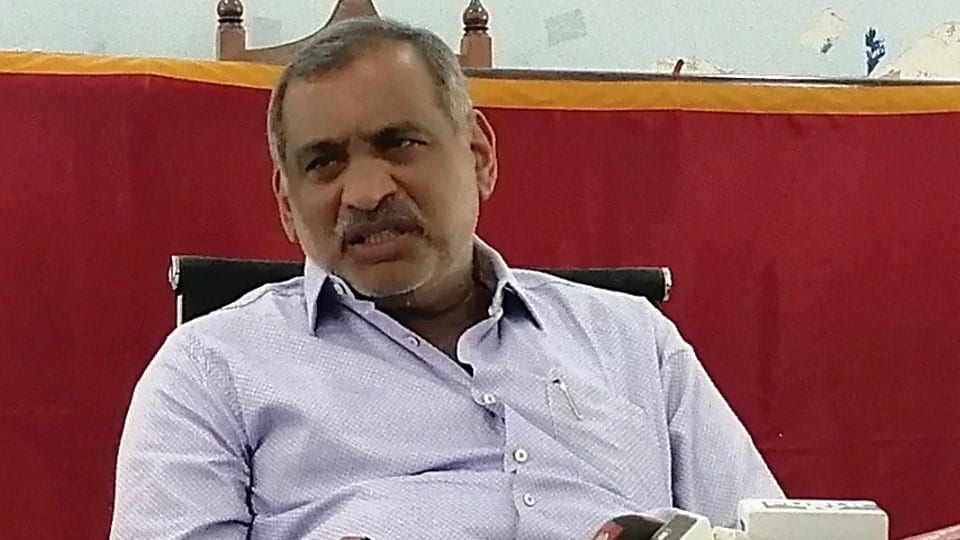Cabinet approves specific guidelines on how various industries should provide jobs
Bengaluru: The Karnataka Cabinet has approved an employment policy with a three-year plan to create 7.5 lakh employment opportunities, mostly in the textiles and garments sectors.
“If companies have to make an additional investment, they have to create extra jobs based on the criteria explained in the policy,” Law and Parliamentary Affairs Minister J.C. Madhuswamy told reporters after the Cabinet Session on Friday.
The Karnataka Employment Policy 2022-25 proposes preference for locals in all job categories. The policy seeks to achieve the target by offering extra incentives for investors to generate more jobs. The Cabinet approved the policy that CM Basavaraj Bommai had announced in his first Budget in March this year.
There were specific guidelines on how various industries should provide employment. “Under the new policy, the number of jobs should be increased and locals should be employed,” he said. The vision is to ensure ample availability of the relevant workforce across Karnataka and provide job opportunities to a larger base of the State’s workforce to reduce unemployment in Karnataka, he said.
The increase in the number of jobs would depend on the category of industry and investment. If an industry is categorised as medium-scale, where the minimum employment is 20 and it agrees to create seven more jobs, then the policy will allow for an additional investment of up to Rs. 10 crore, the Minister said.
Similarly, if an industry has proposed to increase working capital by Rs. 50 crore, it has to generate a minimum of 30-50 jobs. If the investment is Rs. 100 crore, a minimum of 35 additional jobs should be created, the Minister said.
The Government has increased the minimum job generation requirement for industries. Ultra mega units, which were earlier required to create a minimum of 400 jobs, will now have to generate 510. The minimum job requirement of large-scale industries has increased from 50 to 60 and that of medium-scale industries from 10-15 to 20.
If the entrepreneurs have to invest additionally, they will have to create extra jobs based on the criteria explained in the policy, he added.








Recent Comments